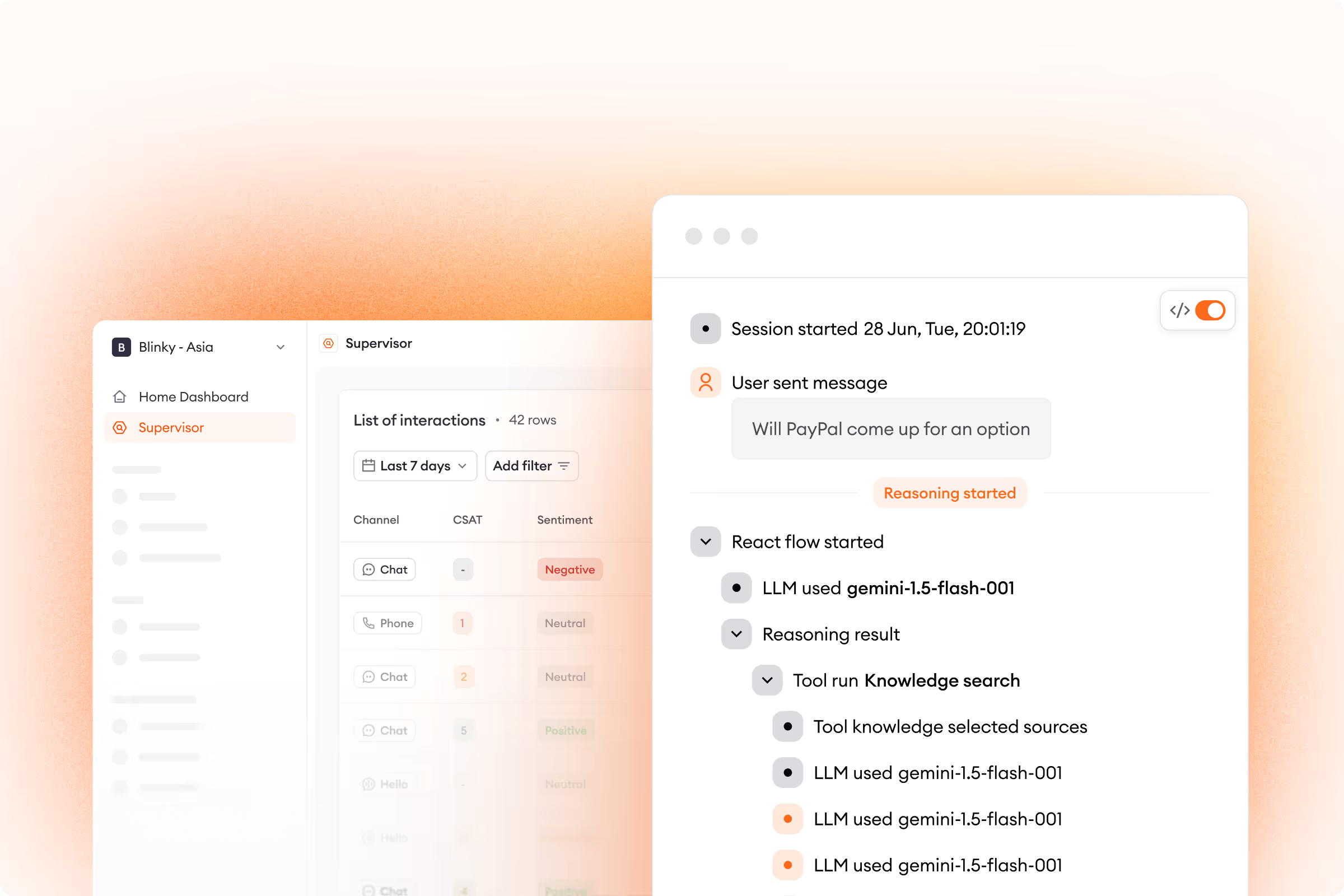The field of customer service is ever-evolving.
Currently, technology and customer support are tightly bound together. This means changes will continue happening rapidly and on a broad scale. If you want to succeed, you have to keep up with them.
Our extensive research into customer service has identified nine dominant trends that are shaping the field this year and beyond.
What are 2022’s top customer service trends?
1. AI chat automation is gaining momentum.

Chatbots powered by artificial intelligence have come a long way in the past decade. Today, they offer far more accurate answers than keyword-based bots.
Automation is particularly useful when finding information in knowledge bases, creating interactive responses, and guiding customers through online purchases in real-time.
Customers are also growing more comfortable with chatbots.
More than 60% of online shoppers prefer automated self-service options for responding to FAQs and other simple customer service tasks.
AI has its limitations, especially when it comes to helping customers with more complicated issues. But the technology will keep improving, and customers’ faith in it will continue to rise.
2. Employing agents is posing a challenge—one that automation can solve.

One customer service trend that’s on the decline in 2022?
Human agents.
The US Bureau of Labor Statistics projects that employment of customer service representatives will see a 2% drop from 2018 to 2028.
The Great Resignation is putting further strains on agent staffing, training, and motivation.
As of 2021, over half of all customer service agents work from home. The biggest benefit they enjoy is a flexible schedule.
If employers can’t offer what agents want, the market for customer service representatives will continue to see limited growth.
More and more companies, though, are realizing automation is an excellent solution for all kinds of staffing issues.
Natural supplement provider UMZU, for example, used chat automation from Zowie to help with a steep rise in customer demand. The tight labor market made hiring more agents an unsustainable option.
But customer service automation eased any hiring pressures.
It lightened the workload for UMZU’s existing agents, kept customers happy, and generated revenue.
To see how automated chat can benefit your ecommerce brand, read our UMZU case study, UMZU Supplements Ecommerce Surge with Zowie.
3. Focusing on experiences is leading more brands to success.

Great products alone don’t drive customer loyalty—remarkable service experiences do. And more companies are prioritizing the customer experience.
Gartner found value-enhancing experiences boost customer retention by 82% and customer spending by 86%.
Zara is enhancing its customer experience through its Store Mode feature. Using Zara’s website or app, customers can see what items and sizes are available in a specific brick-and-mortar store. They can then pick up any purchase in-store the same day.
Similarly, Ralph Lauren is delighting customers through its partnership with Snapchat. Fans can use the app to try on outfits with their digital avatars. If they like what they see, they can instantly purchase the item.
Overall, chatbots are one of the best tools companies can use to augment their CX. They save time, are available 24/7, offer personalized interactions, collect customer feedback, and more.
4. Customers are seeking help over mobile and social media.

Brands know they need to meet customers wherever they are. Customer service is now expected to be available across all digital channels, including mobile apps and social media platforms.
Nearly two-thirds of customers aged 18-34 see social media as an effective customer service channel. This figure is predicted to grow steeply in the coming years.
Platforms are also making it easier for brands to communicate with customers on social media.
Facebook rewards companies with a “Very Responsive to Messages” badge if they respond to at least 90% of messages and keep their average response time under 5 minutes over 7 days.
In 2021, Whatsapp rolled out “Collections,” a feature that lets customers chat with brands, receive automated responses, and get personalized purchase recommendations. Instagram and Pinterest have similar tools that allow innovative customer interaction.
5. Omnichannel support is becoming the standard.
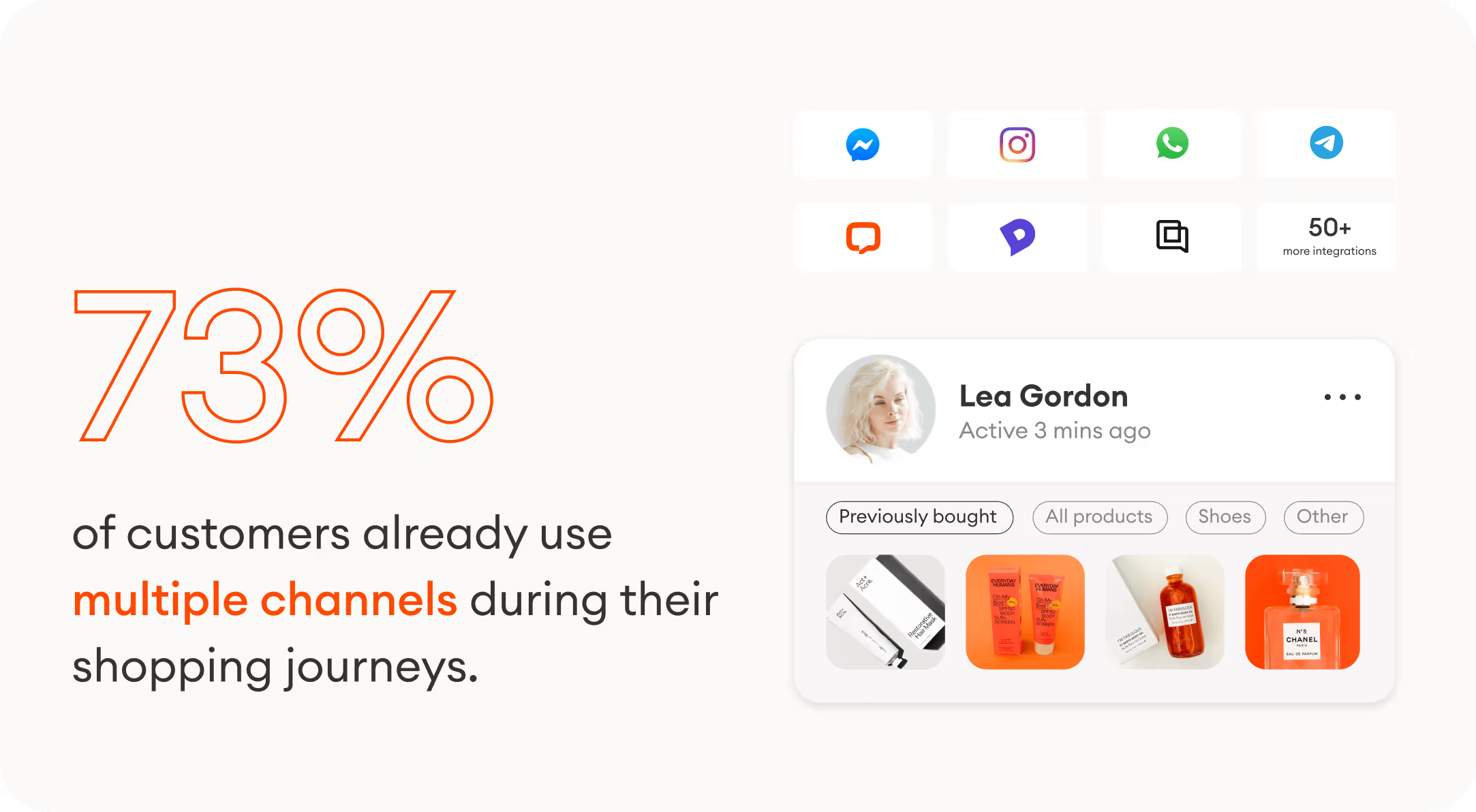
Roughly 73% of customers already use multiple channels during their shopping journeys.
But the majority of companies say their #1 customer experience issue is “providing a seamless experience across multiple channels.” In addition, three-quarters of customers say repeating themselves when contacting a brand’s customer support is a leading source of frustration.
Most customers are omnichannel shoppers, and businesses realize the support they’re offering on their websites, apps, and social media channels has to be in sync.
All-in-one customer service automation tools like Zowie ensure omnichannel support by linking live chat, email, Messenger, etc. Agents can access customer data obtained from any channel to provide assistance without asking unnecessary questions.
6. Personalization is changing the face of customer service.
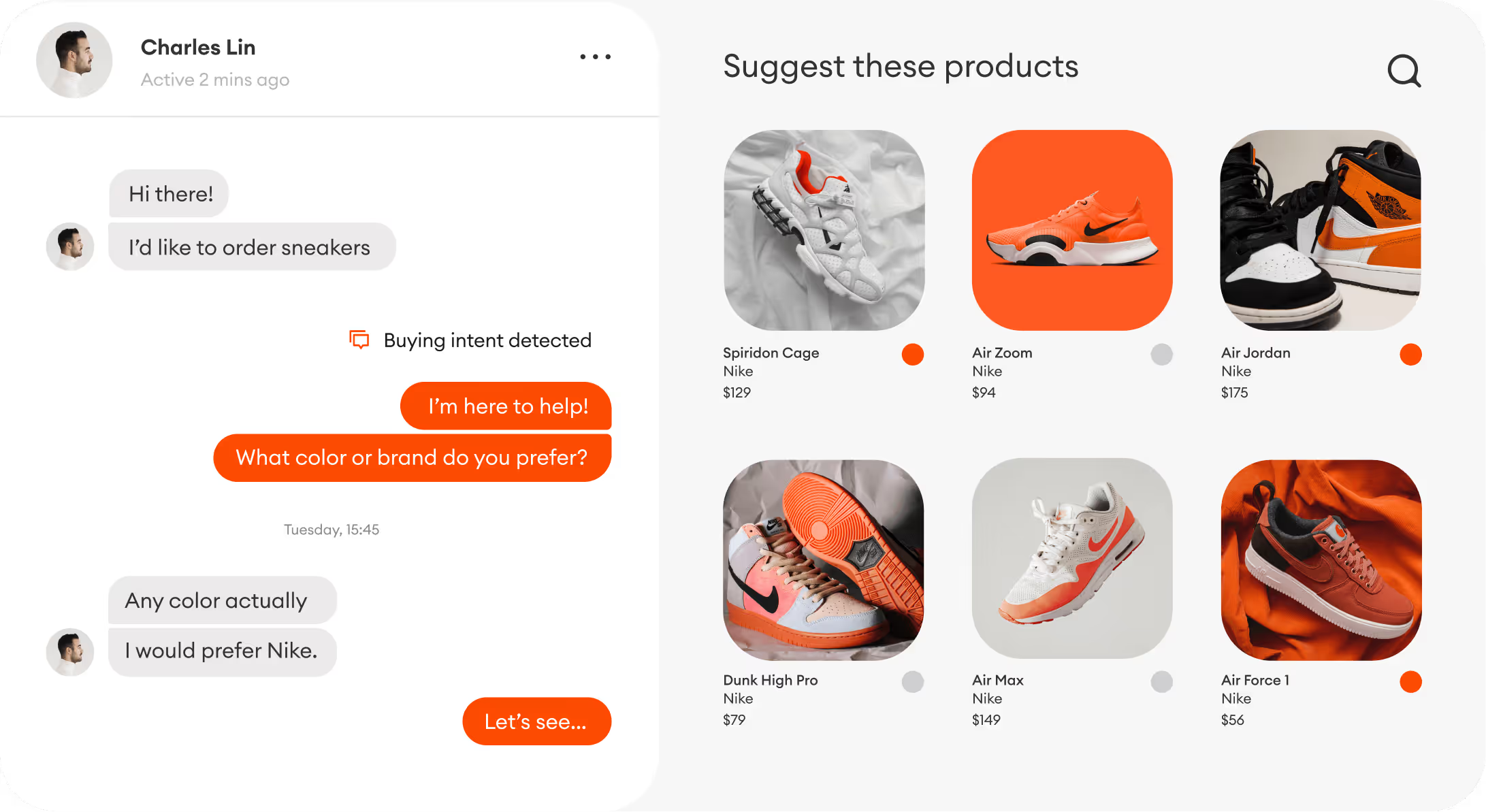
Another customer service trend driven by shifting customer demands is the spread of personalized experiences for customers.
According to Accenture, 48% of customers expect special treatment when interacting with brands that they’re loyal to.
An increasing number of companies are responding to these expectations. The best chatbots deliver personalized responses based on an individual customer’s behavior. They learn your name, remember the personal info that you share, and provide tailor-made product recommendations.
Entire websites are getting personalized too. Tools like Proof let companies modify images, CTAs, and text on their web pages to fit visitors' unique needs.
7. AR and VR are taking several leaps forward.

Augmented reality (AR) and virtual reality (VR) aren’t just trends in customer service—they’re transforming the customer journey across several industries.
Gartner identified them as a major tech trend in 2017, and businesses’ interest in them has rocketed since then.
Brands are constantly looking for new ways to improve their customer experience with AR and VR. For instance, the IKEA Place app uses AR technology to show customers how any piece of furniture would look in their home. Users only need a smartphone.
Certain companies who’ve adopted AR have seen online sales surge by as much as 200%.
Still, many companies see AR and VR as prohibitively expensive and complex, so brands that adopt them early on have a chance to stand out from competitors.
8. The ecommerce boom goes on.
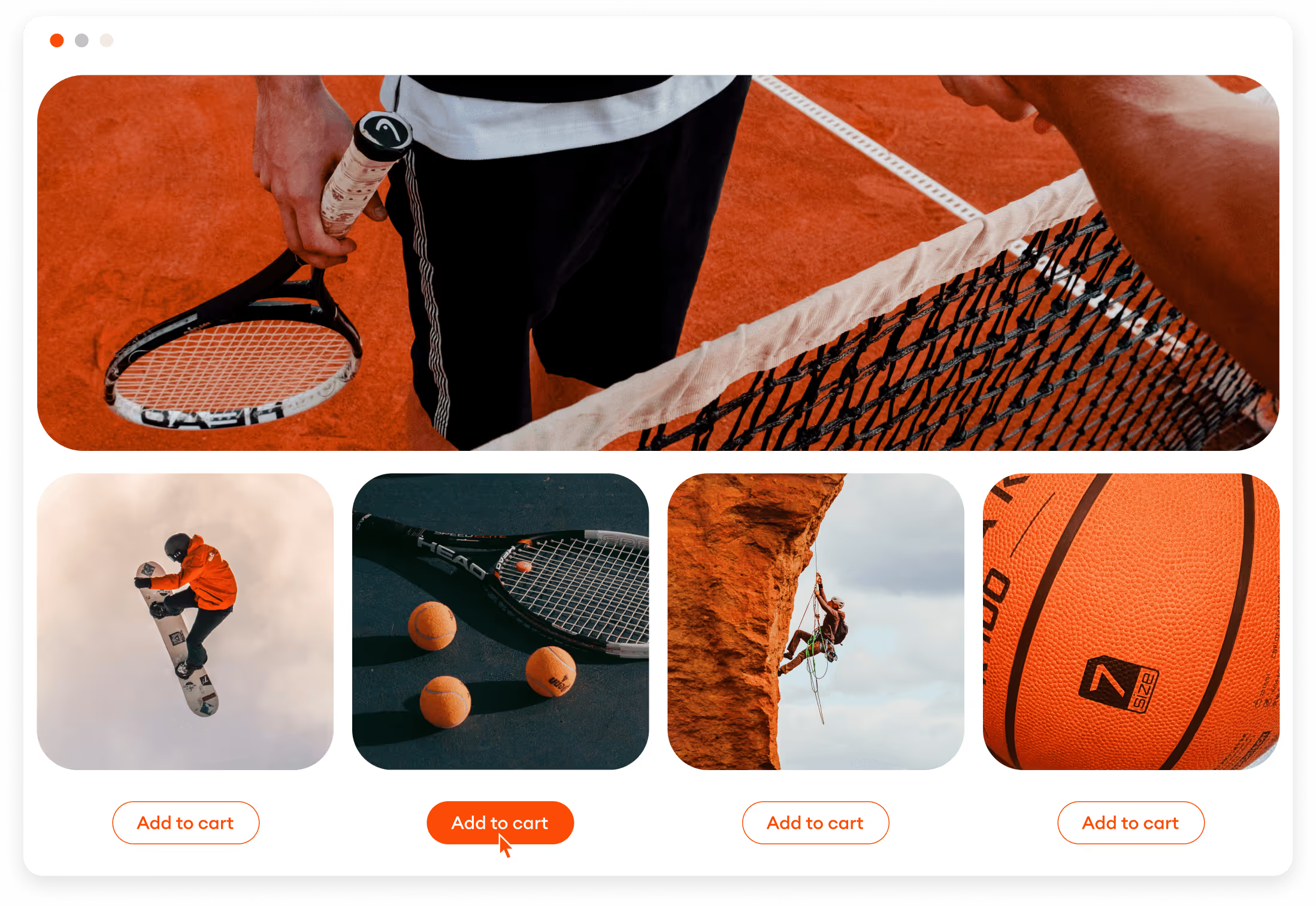
In 2019, only 11% of retail revenues came from online sales. By 2025, that share is predicted to approach 24%.
More accessible technology and the COVID-19 pandemic have made online shopping the norm for millions of customers. Ecommerce’s growing popularity is only projected to persist.
What does this mean for customer service?
Customers are more comfortable getting help from digital self-service tools like websites and online chat. Speaking to customer service reps face-to-face or over the phone is growing out of favor.
Want your online business to see higher revenues? Learn how by reading our blog post, Grow Your Ecommerce Sales: 6 Ways to Boost Online Revenues.
9. Speed is the name of the game.
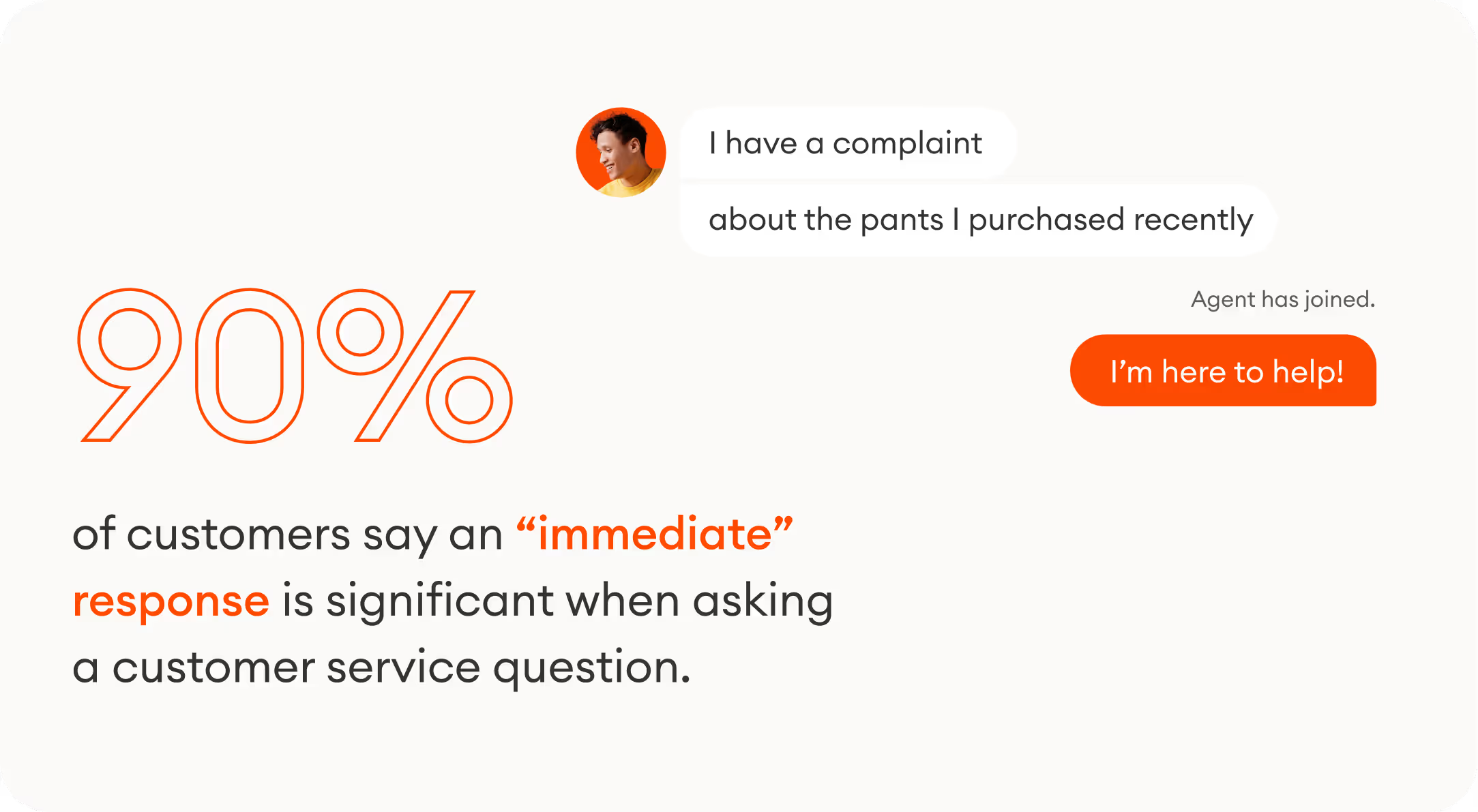
A final customer service trend worth watching is higher customer demands when it comes to speed.
Support teams are feeling increasing pressure to improve service metrics, like their response times. Today, 90% of customers say an “immediate” response is significant when asking a customer service question.
How fast is “immediate”? Research from HubSpot shows customer patience starts to wear thin at around 10 minutes. According to Forrester, people want a response within 5 minutes.
Sometimes a response isn’t enough. Nearly 75% of customers want agents to know who they are, what they’ve purchased, and their past interactions with the company as soon as they reach out.
A Decisive Year
This year’s biggest trends will have a lasting impact on the future of customer service. The companies that stay on top of them will likely enjoy a sustained competitive advantage over their rivals.
If you’re an ecommerce brand looking to deliver great customer service, automation with Zowie can bring you higher customer satisfaction and revenue.
Want to see how it works?
Book a demo today.
.avif)


